Every year, billions of dollars' worth of art passes through international auction houses, while leading museums each hold tens of thousands - even hundreds of thousands - of artworks in their collections. But precious few achieve the fame required to truly be considered household names.
The foundation of famous artists can be traced back tens of thousands of years to when artists in ancient civilizations used available techniques to depict art. Since these early paradigms, there has been a surfeit of artists who have followed. Each of their work bears a distinctive style and characteristic.
Art today is as it should be because of the influence of these famous painters.
From the 13th century till the 21st, some famous artists pioneered art culture by drawing their subjects in a new way and inventing new painting techniques. Their dedication laid the foundation for artists worldwide, and their influence remains today. While we are inundated with art day-in and day-out, a few special pieces have transcended time and culture and have cemented their place in art history. So here we are with a detailed list of some of the best and most famous painters throughout art history.
Mona Lisa
One of the most well-known paintings in the world is Leonardo da Vinci's Mona Lisa, also known as La Gioconda, created between 1503 and 1505. It is a portrait of Madame Gherardini, representing the epitome of a Renaissance woman.
Following Leonardo's death in 1519, King Francis I of France obtained the Mona Lisa, and it is currently owned by the French Republic. It has been regularly exhibited at the Louvre in Paris since 1797.

Vincent Van Gogh
Vincent Van Gogh, the eldest son of a Dutch Reformed minister and a bookseller’s daughter, pursued various vocations, including that of an art dealer and clergyman, before deciding to become an artist at twenty-seven.
Throughout his decade-long career (1880–90), Vincent produced nearly 900 paintings and more than 1,100 works on paper. Ironically, in 1890, he modestly assessed his artistic legacy as of “very secondary” importance.
The striking color, emphatic brushwork, and contoured forms of Vincent's work powerfully influenced the current of Expressionism in modern art. Van Gogh’s art became astoundingly popular after his death, especially in the late 20th century. Van Gogh has also been mythologized as the quintessential tortured artist in the popular imagination.
The Starry Night
Van Gogh’s most popular painting, The Starry Night, was created by him at the asylum in Saint-Rémy, where he committed himself in 1889. Indeed, The Starry Night seems to reflect his turbulent state of mind at the time, as the night sky comes alive with swirls and orbs of frenetically applied brush marks springing from the yin and yang of his personal demons and awe of nature.
Van Gogh painted The Starry Night while seeking relief from persistent depression at the Saint-Paul asylum in Saint-Rémy, France. The painting captures his firsthand experiences of the countryside from his window, along with the memories and emotions it stirred within him.
One of the most renowned artworks in the world is Van Gogh's mesmerizing night sky filled with shining stars. The Starry Night is housed at the Museum of Modern Art in New York.
Claude Monet
Claude Monet was the leader of the French Impressionist movement. He was crucial in bringing its adherents together as an inspirational talent and personality. Interested in painting in the open air and capturing natural light, Monet would later bring the technique to one of its most famous pinnacles with his series of paintings, in which his observations of the same subject, viewed at various times of the day, were captured in numerous sequences.
Masterful as a colorist and painter of light and atmosphere, his later work often achieved a remarkable degree of abstraction, which has recommended him to subsequent generations of abstract painters. His popularity soared in the second half of the 20th century when his works traveled the world in museum exhibitions that attracted record-breaking crowds and marketed popular commercial items featuring imagery from his art.
Impression, Sunrise
Impression, Sunrise is undoubtedly Claude Monet’s most famous creation, but it is also the work to know from the Impressionist movement because it’s the namesake! Completed in 1873, it serves as a placeholder in art history, setting the stage for thousands of works.
Monet had originally named this painting View of Le Havre. However, when he chose to exhibit it in April 1874 for the Anonymous Society of artists, painters and sculptors, he changed the title. In the catalog, the title read, Impression.
Impression, Sunrise by Claude Monet is most famous for being the artwork that introduced Impressionism as a groundbreaking movement in the history of art. It caused a stir among critics when it was first displayed at an exhibition in Paris in 1874.
While it serves as a poetic portrayal of light and atmosphere, the painting can also be interpreted as a tribute to the strength and beauty of a rejuvenated France. The depiction of Le Havre, the birthplace of Monet, celebrates the revitalized vitality and commercial prowess of the nation. Claude Monet, a French painter and pioneer of impressionist art, is regarded as a significant influence on modernism, particularly in his efforts to capture nature as he saw it.

Pablo Picasso
As a significant influence on 20th-century art, Pablo Picasso was an innovative artist who experimented and innovated during his 92-plus years on earth. He was not only a master painter but also a sculptor, printmaker, ceramics artist, etching artist, and writer. His work matured from the naturalism of his childhood through Cubism, Surrealism, and beyond, shaping the direction of modern and contemporary art through the decades.
Picasso lived through two World Wars, fathered four children, appeared in films, and wrote poetry. He died in 1973. Pablo Picasso is perhaps the most influential figure in the history of 20th-century art. The varied range of Pablo Picasso’s artworks was not the result of drastic transformations in his style over his career. Still, it was instead based on his commitment to objectively evaluate the form and method best suited to accomplish his desired impact for each art piece.
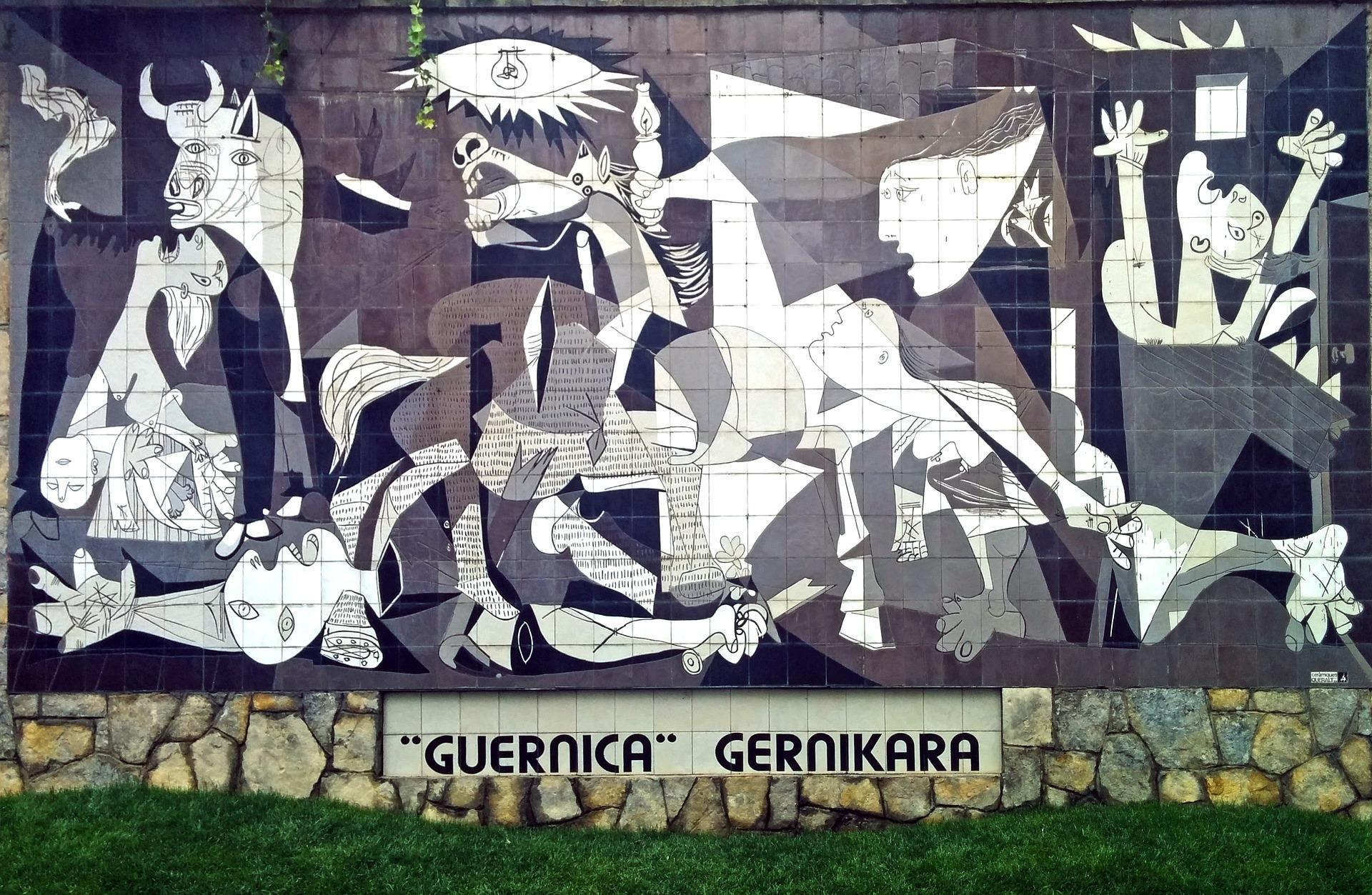
Guernica
Created as an anti-war protest piece in response to the 1937 aerial bombing of a small town in northern Spain, Guernica quickly became one of Pablo Picasso’s most-recognized Cubist paintings. Its monochromatic color palette, intense contrast, and large, violent images are visceral, compelling, and unforgettable even today. For those who saw it in 1937, with international tensions running high and World War II looming on the horizon, Guernica struck home like a bolt of lightning.
The genius of Guernica is that it successfully combines dreamlike elements of Surrealism with the multiple perspectives of Cubism. It was a shocking painting, both for its modern, Cubist style and for its haunting subject matter. After being displayed at the 1937 World’s Fair in Paris, Guernica went on a two-year “world tour” to encourage anti-fascist sentiment and raise funds for the troops of the Spanish Republic.
Picasso's artwork depicts the events of April 27, 1937, when the German air force, under Hitler's command, bombed the village of Guernica in northern Spain to support Franco. The city had no strategic military importance, and this bombing marked the first instance in history of an aerial saturation attack on a civilian population.
Art critics and historians may have varying interpretations regarding the symbolism in Guernica, but there is a consensus that the painting conveys the terror and disorder of war. Guernica is often seen as a denouncement of war and a prophetic forewarning of the impending global conflict.
If you’re in Spain, you can see Guernica in person at the Museo Reina Sofia in Madrid. Guernica takes up an entire wall in room 205.10, on the 2nd floor of the Sabatini Building. Admission to the museum costs 12 € and is open on weekdays (except Tuesdays) from 10 am to 9 pm. The museum also offers reduced hours on Sundays and holidays.
Take online painting classes here on Superprof.
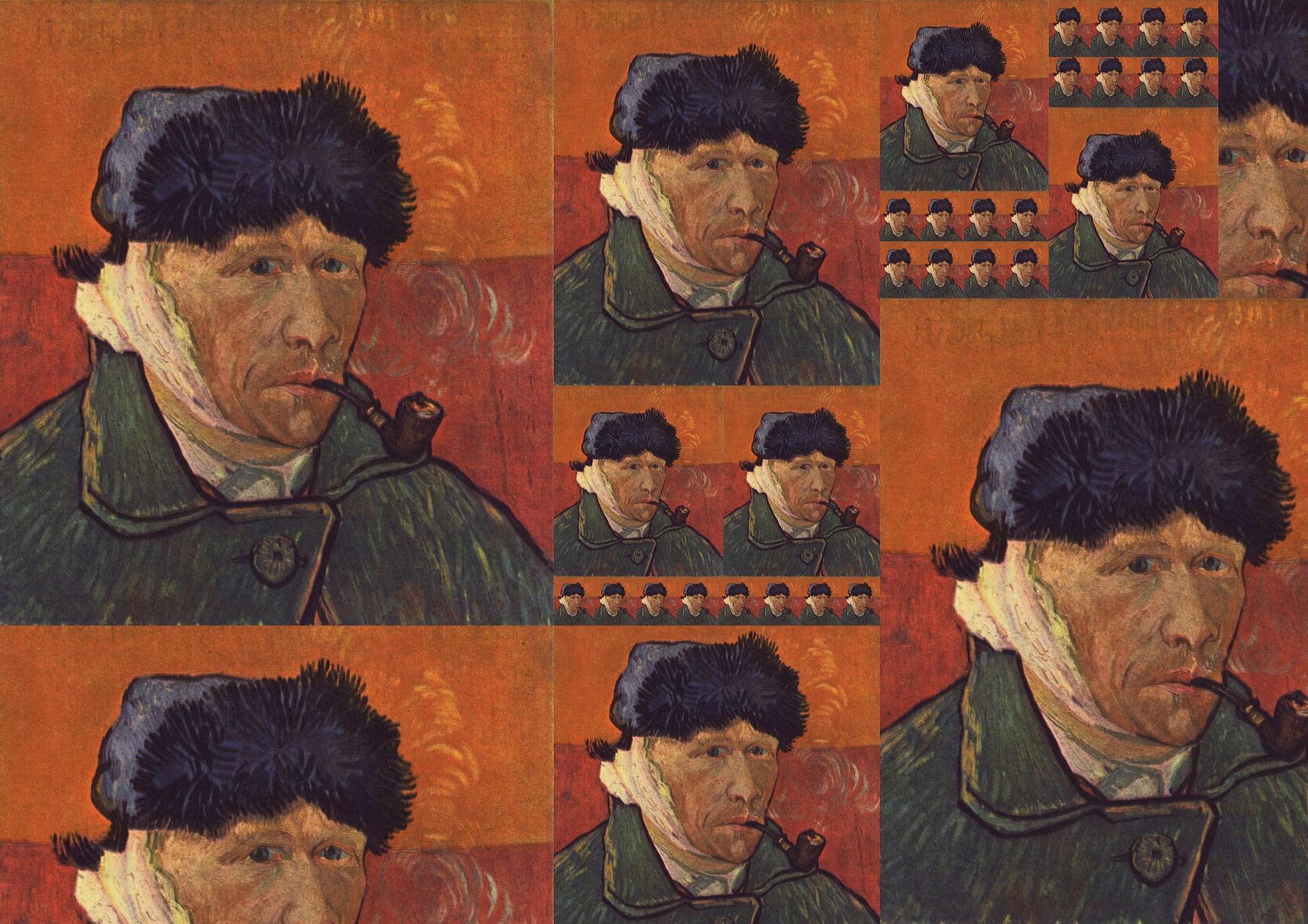
Leonardo da Vinci
While Leonardo da Vinci is best known as an artist, his work as a scientist and an inventor makes him a true Renaissance man. He is a role model in applying the scientific method to every aspect of life, including art and music. Although he is best known for his dramatic and expressive artwork, Leonardo also conducted dozens of carefully thought-out experiments and created groundbreaking futuristic inventions.
da Vinci's keen eye and quick mind led him to make important scientific discoveries, yet he never published his ideas. He was a vegetarian who loved animals and despised war, yet he worked as a military engineer to invent advanced and deadly weapons. He was one of the greatest painters of the Italian Renaissance, yet he left only a handful of completed paintings.
Mona Lisa
The world’s most famous artwork, the Mona Lisa, draws thousands of visitors to the Louvre Museum daily, many of whom are compelled by the sitter’s mysterious gaze and enigmatic smile. The seemingly ordinary portrait of a young woman dressed modestly in a thin veil, somber colors, and no jewelry might also confound its viewers, who may wonder what all the fuss is about.
The painting’s simplicity belies Leonardo’s talent for realism.
The subject’s softly modeled face shows Leonardo's skillful handling of sfumato, an artistic technique that uses subtle gradations of light and shadow, rather than line, to model form. The delicately painted veil, the finely wrought tresses, and the careful rendering of folded fabric reveal Leonardo’s tireless patience in recreating his studied observations. Moreover, the sitter’s perplexing expression only adds to her realism. Her smile might be engaging, or it might be mocking—viewers can’t quite figure it out because, like a human, she is a complex figure, embodying contrary characteristics simultaneously.
The Mona Lisa is an incredibly lifelike depiction. Leonardo's expert use of sfumato, an artistic method that employs gentle shifts in light and shadow to create form, is evident in the subject's softly contoured face, demonstrating his comprehension of the skull's structure beneath the skin.
The Mona Lisa by Leonardo da Vinci holds the record for the highest insurance value for a painting according to Guinness World Records. Currently exhibited at the Louvre in Paris, the Mona Lisa was appraised at US$100 million on 14 December 1962. Adjusting for inflation, the 1962 value would be approximately US$1010 million in 2023.
Henri Matisse
Henri Matisse is regarded as the greatest colorist of the 20th century and a rival to Pablo Picasso in the importance of his innovations. He emerged as a Post-Impressionist, and first achieved prominence as the leader of the French movement Fauvism. He rejected Cubism and instead sought to use color as the foundation for expressive, decorative, and often monumental paintings.
Matisse sought to create an art that would be "a soothing, calming influence on the mind, rather like a good armchair." Still life and the nude remained favorite subjects throughout his career; North Africa was also an important inspiration. Towards the end of his life, Matisse made an important contribution to collage with a series of works using cut-out shapes of color. He is also highly regarded as a sculptor.
Dance (I)
This is among the first of Matisse’s works that can be immediately recognized as his. In it, his brushwork becomes flatter, looser, and more fluid. Originally commissioned by a Russian industrialist named Sergei Shchukin for his palatial home in Moscow, Dance (I) is one of the artist’s most famous and beloved works.
The Red Studio
The Red Studio is a retrospective of the artist’s work in miniature with paintings, sculptures, and at least one ceramic piece hung up or strewn around his workshop. Young Sailor II, for instance, is recognizable, occupying a spot on the wall in the top right quadrant of the composition. While the objects in the room are fleshed out, the furniture is rendered in ghostly outlines. Matisse himself admitted that he didn’t know why he chose red for the composition. But the overwhelming presence of the color here pushes the canvas towards a monochromatic scheme that would influence abstract painting over the next 100 years.
See good painting classes near me on Superprof.
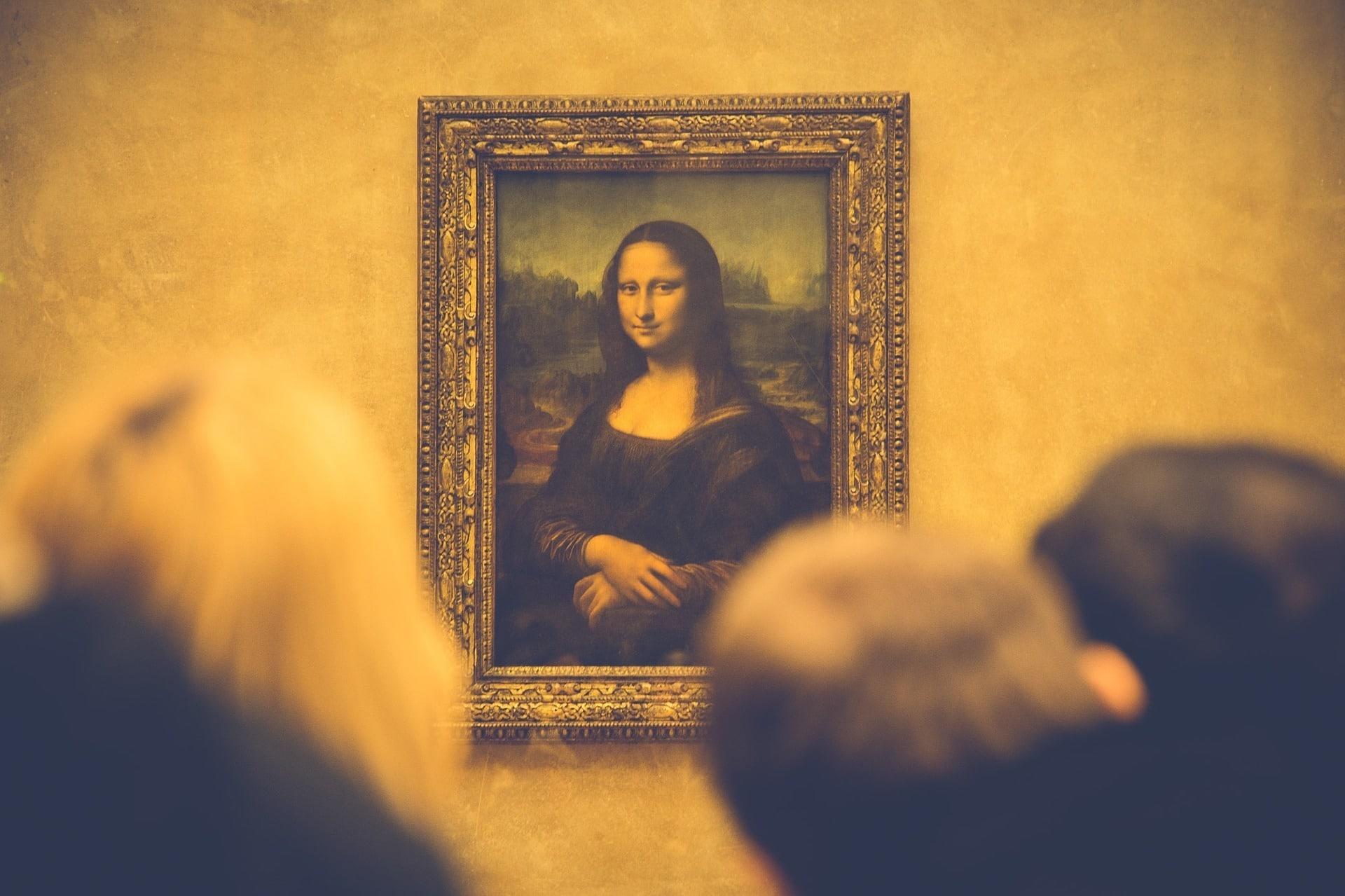
Paul Cézanne
Paul Cézanne was the preeminent French artist of the Post-Impressionist era. He was widely appreciated toward the end of his life for insisting that painting stays in touch with its material, virtually sculptural origins. Also known as the "Master of Aix" after his ancestral home in the South of France, Cézanne is credited with paving the way for the emergence of twentieth-century modernism, both visually and conceptually.
Cézanne is now recognized as the most significant precursor of 20th-century formal abstraction in painting, as he developed a purely pictorial language that balanced analysis with emotion and structure with lyricism. Picasso offered the most succinct assessment of Cézanne’s role for subsequent generations of artists, declaring that he was “the father of us all.”
Although critical sympathy and public acceptance came to Cézanne only in the last decade of his career, his quest to see through appearances to the logic of underlying formal structure always drew admiration among his colleagues. His hope that his paintings would serve as an education for other artists was achieved when several important painters purchased his work, including Paul Gauguin, Pablo Picasso, Pierre Bonnard, Kazimir Malevich, and Marcel Duchamp.
The Bathers
Many consider this Cézanne 's absolute masterpiece, but the subject and technique used are completely different from the standard of works that the painter has made in his artistic career.
Cézanne wanted to create an art that would last forever. The Cezanne bathers represent a manifesto for all those who wanted to represent a "non-commercial and counter-trend" art.
The title "Large Bathers" comes from the fact that it is the biggest piece in Cézanne's Bathers series, measuring an impressive 210.5cm x 250.8cm. Cézanne intended for Large Bathers to be timeless and not swayed by the artistic trends of the 19th century.
The strong brightness that the whole painting is due to the color that was placed several times on the canvas, which allowed Cézanne to obtain the necessary light to achieve the final effect. The strong black lines delimit the contours of the Cezanne bathers, making them look like real statues rather than painted.
The artistic creation was obtained in 1937 for $110,000 for the Philadelphia Museum of Art by their significant sponsor, Joseph E. Widener. Cézanne worked on this composition for a long time, and it stayed incomplete even at the hour of his passing in 1906.
Start taking Tanjore painting classes in Chennai on Superprof.

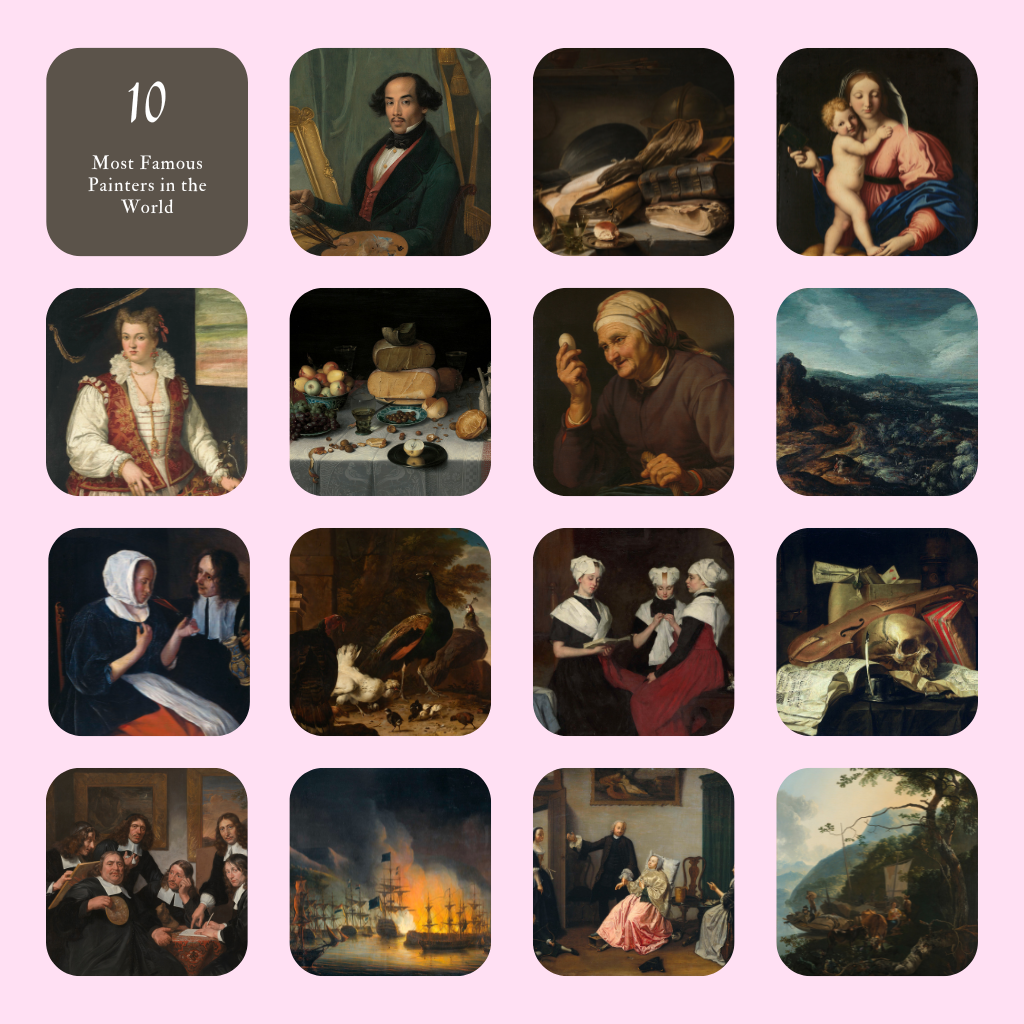













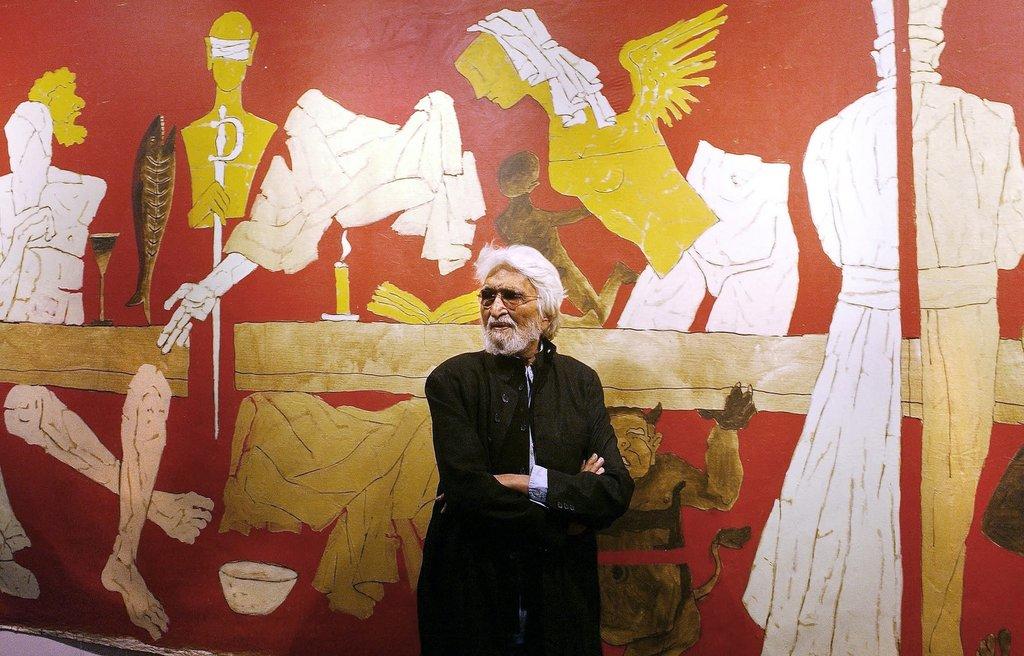

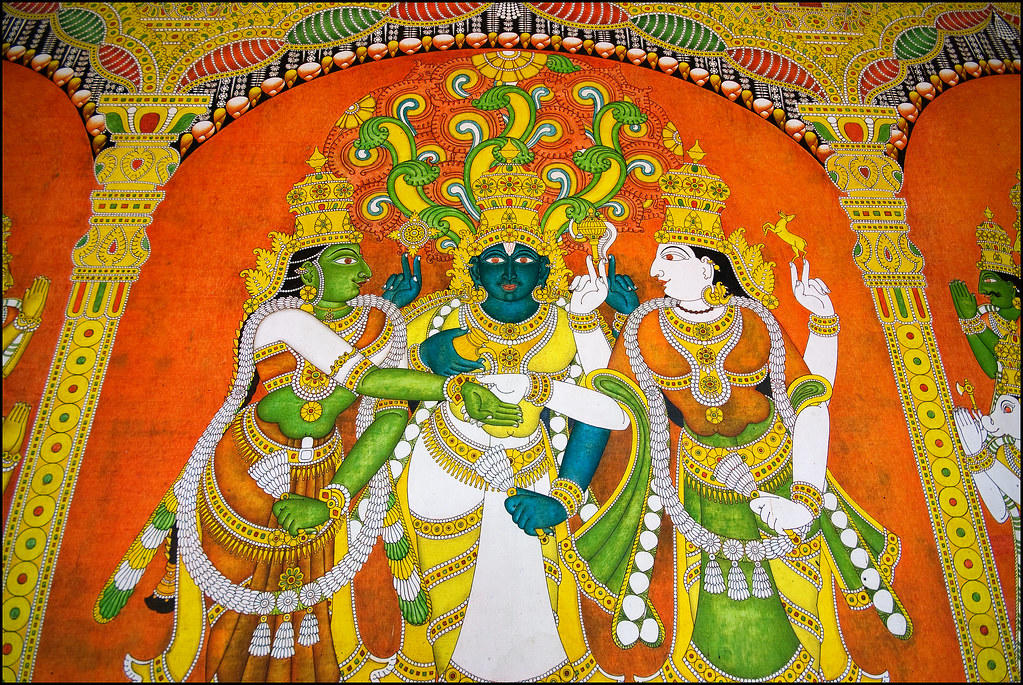






Wonderfully nice art master works thanks sir and I want teach by your company kindly iwant give demo / teaching live
Hello,
Connect with us at namaste@superprof.com :)